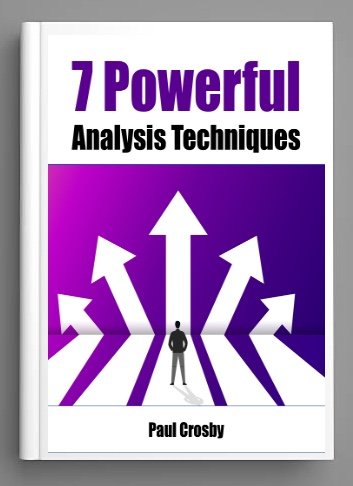Elevating Scrum Events with Targeted Techniques: A Business Analyst's Guide
In the Agile Scrum framework, each event is designed to maximize collaboration, transparency, and efficiency within the development team. For Business Analysts (BAs) navigating the Agile landscape, understanding the importance of techniques in enhancing these events is crucial. The strategic application of business analysis techniques can significantly improve the effectiveness of Scrum events, leading to better project outcomes. This article explores the pivotal role of techniques in Scrum events and identifies the most effective strategies for each, reinforcing their importance in systems analysis and agile development.
The Significance of Techniques in Scrum Events
Scrum events, including Sprint Planning, Daily Stand-ups, Sprint Review, and Sprint Retrospective, each serve a unique purpose in the Agile process. Techniques, when applied judiciously, can amplify the value derived from these events, ensuring that the team remains aligned, focused, and responsive to change.
- Sprint Planning: This event sets the stage for the sprint, where the team commits to the work to be done. Effective techniques here ensure that the team selects the most valuable and feasible work, aligning with the sprint goal and overarching project objectives.
- Daily Stand-ups: These quick, daily meetings keep the team aligned and focused on the day's objectives. Techniques applied here can enhance communication, identify impediments early, and foster a culture of collaboration and accountability.
- Sprint Review: This event is an opportunity to inspect the increment and adapt the product backlog. Techniques that facilitate effective feedback collection and backlog refinement are key to maximizing the value of this event.
- Sprint Retrospective: Aimed at continuous improvement, this event focuses on what went well, what didn't, and what could be improved. Techniques that encourage open, constructive dialogue and actionable insights are critical for the retrospective's success.
Optimizing Scrum Events with Targeted Techniques
Sprint Planning:
- User Story Mapping: This technique helps visualize the user journey, making it easier to identify and prioritize stories that align with the sprint goal.
- MoSCoW Method: This prioritization technique (Must have, Should have, Could have, Won't have) assists in balancing the sprint backlog with a mix of high-priority and lower-priority items, ensuring a feasible sprint commitment.
Daily Stand-ups:
- Three Questions Format: Encouraging team members to address what they did yesterday, what they'll do today, and any impediments they're facing fosters focused communication and quick problem identification.
- Impediment Board: Visualizing impediments on a board can help in tracking and resolving blockers more efficiently, keeping the team's momentum.
Sprint Review:
- Feedback Loops: Techniques that facilitate structured feedback, such as live demos followed by Q&A sessions, ensure that stakeholder feedback is comprehensive and actionable.
- Dot Voting: This technique allows stakeholders to vote on features or improvements, helping prioritize future work based on collective feedback.
Sprint Retrospective:
- Start, Stop, Continue: This simple framework encourages team members to reflect on practices that should be started, stopped, or continued, promoting actionable insights for improvement.
- Retrospective Games: Engaging activities like "The Sailboat" foster a creative, open environment for team members to express thoughts and ideas, leading to more effective retrospectives.
Techniques Enhance Scrum Events
For Business Analysts and Product Owners, the adept application of specific techniques to Scrum events can significantly enhance the Agile process, driving better project outcomes. By tailoring techniques to the unique objectives of each Scrum event, BAs can ensure that teams are not only productive and aligned but also continuously improving and adapting to change. Whether through the strategic prioritization of backlog items in Sprint Planning, fostering efficient communication in Daily Stand-ups, leveraging stakeholder feedback in Sprint Reviews, or promoting team growth in Sprint Retrospectives, the thoughtful application of these techniques is key to maximizing the value and effectiveness of each Scrum event.
Ready to up your business analyst game? Let’s explore 7 powerful techniques that are shifting the business analysis landscape with expert insight from business analysis pros.
7 Powerful Analysis Techniques Book
Amazon Kindle $9.99
Uncommon Book of Analysis Techniques Book
PDF Download $75.00



